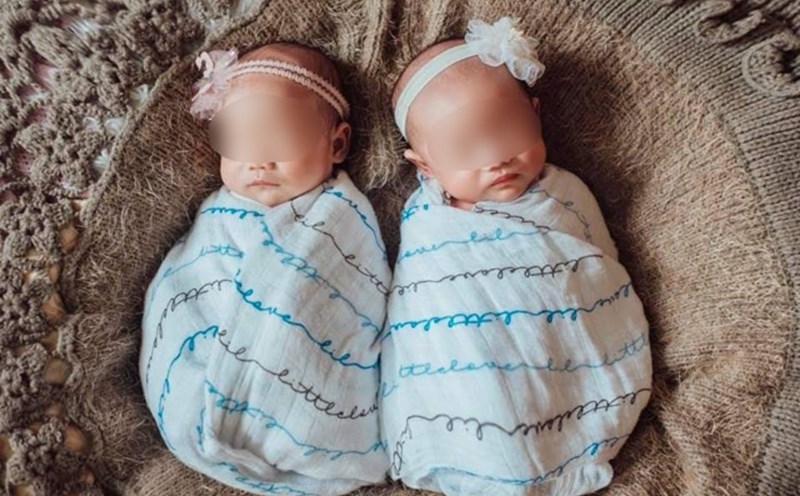Totto-chan by the window has been a beloved childrens book around the world, a bedside book for many generations of children. The autobiography overcomes all language barriers, becoming a phenomenon of global publishing with more than 25 million copies in circulation.
The book is both a complete supplement, continuing the story left unanswered in the previous part, and touching on heavier topics, bringing the story of the girl's journey to adulthood that once touched millions of hearts.
If Totto-chan by the Wind focuses on the image of an ideal education at the Tomoe School where Totto-chan lives true to his vibrant, innocent nature, then this sequel is Totto-chans challenging journey to adulthood in the face of the great changes of the times, where war broke out, death is present, and Tomoe is just a memory.
The book is divided into 4 parts and told in order of time. The opening book is called Fried, Both Cold, Sleepy, and Hungry, telling the stories before the airstrike in Tokyo (Japan), where the war was increasingly present and affecting the daily life of the Totto-chan family.
The sequel Eculation of the full moon takes place after the Tokyo evacuation, telling the story of Totto-chan and his family having to evacuate to the Aomori region, where the girl first encounters a completely strange life.
The third part Fullens the mission of blooming and the final part Totto becomes an actor began in the final stages of the war, when Japan entered the reconstruction stage, families were united, until Totto-chan gradually matured, finding his career path amid the concerns of any adult.
With lovely, vivid illustrations by artist Iwasaki Chihiro, the book also has valuable photos of Totto-chan from childhood to adulthood, making it easy for readers to follow each story.
The last years of his childhood spent in war are told by author Kuroyanagi as a mixed-use sad and happy memory - not tragic, but not hiding the harshness. Although still keeping the habit of observing from the characteristic curiosity, the girl's voice gradually matured and became more experienced.
That is the curiosity and innocence of a child who knows how to distinguish hunger and fullness, losses and accepts, but still has a desire to live and be optimistic. Totto-chan has gone from being an innocent girl, going through separation and adversity, now knowing empathy, sharing and constantly learning to adapt to the changes of the times.
The highlight of the work is the continuation of the educational spirit of respecting personality and encouraging creativity - the values that have created the lasting vitality of Totto-chan by the window.
Totto-chan still maintains faith in himself, is always curious about finding the meaning of life, dares to dream and act for good things, thereby expanding the message of the first part: Education does not stop in the classroom but continues to live in each choice of an adult. As Totto-chan once admitted, without Mr. Kobayashi, she might never dare to believe that she has something worth listening to.
In addition, Totto-chan by the window: The Next Stories is also a vivid picture of Japanese society in the transitional period, from the fierce war years to the period of hopeful reconstruction. Through Totto-chan's lens, readers will feel the changes of the country and people, as well as the intertwined traditional and modern values, creating a rich, multidimensional historical - social context.
Totto-chan by the window: The Next Stories continues to affirm its value and appeal when it sold 3,000 copies and was reprinted just 3 days after its official release in Vietnam.











